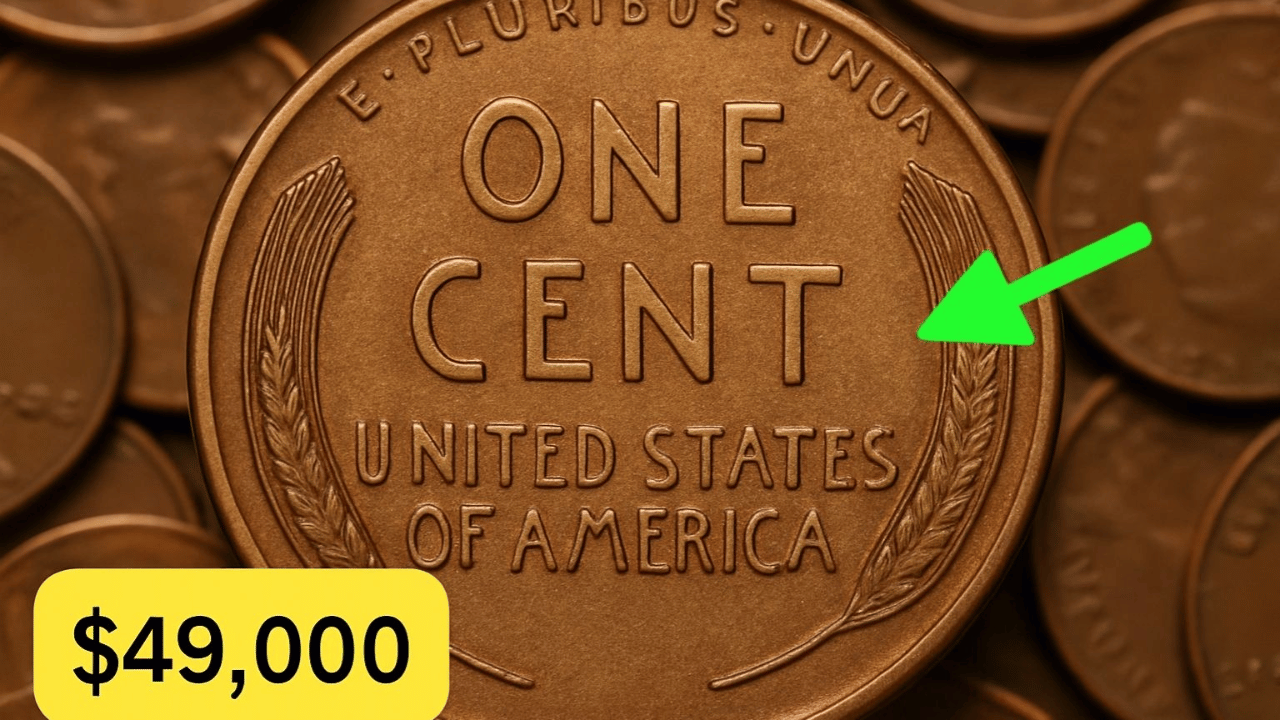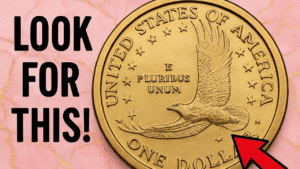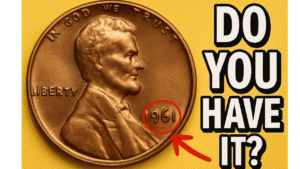Let’s start with something that sounds completely ridiculous. You’re sifting through an old coin jar. Maybe you’re short on laundry money or just bored. You pick up a penny—kinda crusty, looks ancient. You squint. 1943. Copper-colored. Turns out, if that coin is real, you’re not holding one cent—you’re holding nearly a million dollars. Sounds fake, right? Like a Facebook hoax or something your uncle would forward you with a string of exclamation marks. But nope. This is real life, and these pennies are numismatic unicorns.
So What’s the Deal With 1943 Pennies?
Back in the early 1940s, World War II was raging and copper was a hot commodity for the U.S. military. To conserve resources, the U.S. Mint made a change in 1943: pennies would be struck in steel coated with zinc instead of the usual copper. These new coins looked silver and felt strange—like play money. But here’s the twist: a few copper blanks accidentally slipped through the presses and were struck with the 1943 penny design. It was a total fluke, and only a handful of these copper 1943 pennies made it out into the world. That tiny error created one of the rarest and most valuable coins in American history.
How Rare Are These Copper 1943 Pennies?
How rare? Think needle-in-a-haystack rare. Actually, think needle-in-a-haystack-on-fire-during-a-hurricane rare. Fewer than 20 genuine copper 1943 pennies are known to exist. Some experts estimate there might only be 15. Over the decades, a few have surfaced, often found in dusty piggy banks, inherited coin stashes, or tucked away in old jars. These aren’t just coins—they’re historical anomalies, each one a wartime relic born from an industrial slip-up.
Steel vs. Copper: The Magnet Trick
Now, if you want to know whether your 1943 penny is one of these rarities, there’s a quick trick: the magnet test. Steel is magnetic; copper isn’t. If your penny sticks to a magnet, it’s steel—common, maybe worth 10 cents to a collector. But if it doesn’t stick, your heart might skip a beat. Even then, don’t go booking a vacation just yet. You’ll need to have the coin authenticated by a professional grading service like PCGS or NGC, who will confirm if it’s real, assess its condition, and issue official paperwork that collectors demand.
Some Real-Life Jaw Droppers
And yes, real-life jaw-droppers happen. In 2010, a 1943-D copper penny sold privately for $1.7 million. In 2019, another fetched $948,000 at auction. Even worn examples regularly pull in $49,000 to $250,000 depending on condition and mint mark. That’s not just found money—that’s life-changing, buy-a-beach-house money.
Before You Get Too Excited…
But before you get too excited, there are a few things you should not do. First, don’t clean the coin. No toothpaste, no scrubbing, no “gentle rinses.” Cleaning a coin, especially a valuable one, can destroy its worth. Collectors love authenticity—even if it looks grimy or crusty. Second, don’t jump at the first offer from some random guy online. Stick to certified dealers or well-known auction houses to avoid scams and lowballers.
Could It Actually Happen?
Now here’s the best part: it really could happen. People have found these coins in old desks, tackle boxes, and forgotten jars. One man accidentally spent one on a sandwich. Another discovered his in a deceased relative’s belongings. Rare as they are, these coins do resurface—and not always in the hands of collectors. That jar of coins you’ve ignored for years? It might just hold your shot at a six-figure payday. And even if you strike out on the copper front, there’s still a decent chance you’ll stumble across wheat pennies, silver coins, or other valuable oddities worth keeping. So go ahead—dump out the change, grab a magnet, and channel your inner treasure hunter. Because every once in a while, the universe slips a million-dollar penny into someone’s pocket. And it might as well be yours.
FAQs
What’s the value of a regular 1943 penny?
Steel ones? About 10–50 cents depending on condition. Copper ones? Up to $1M+ if authentic.
How many 1943 copper pennies exist?
Estimated between 15–20 verified examples.
Can I clean the coin to make it look nicer?
Nope. Please don’t. Ever. Just don’t.
Where can I sell a rare penny like this?
Go through a certified coin dealer or a major auction house. PCGS or Heritage Auctions are good starting points.


